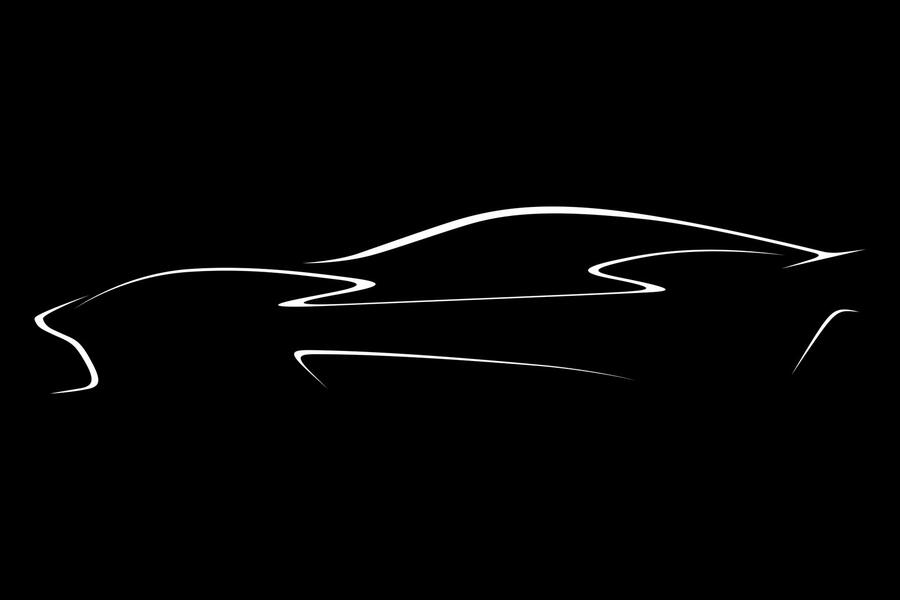The Aston Martin DBS Superleggera has been a subject of fascination ever since its photos were first released in 2018. Its perfectly proportioned design, combining sportiness and elegance, continues to captivate car enthusiasts even after five years. Priced at $406,086, it is undeniably a stunning object of obsession that one might sometimes prefer to admire rather than drive.
One of the key attractions of the DBS Superleggera is its powerful 715-horsepower twin-turbocharged engine, which delivers supercar-level performance. Despite its impressive power, this grand tourer remains smooth and refined, making it ideal for long drives. Additionally, its rear axle provides a playful and surprisingly aggressive handling experience, surprising for a car of its size.
However, over the past five years, the interior of the DBS Superleggera has not aged well. While it boasts excellent materials, its outdated technology lags behind its competitors from Ferrari and Bentley. This raises the question of whether the combination of beauty and power is enough to justify its $406,086 price tag.
The exterior styling of the DBS Superleggera is a matter of personal preference, but its proportions are undeniably masterful. With a long hood, rear-biased seating position, and flowing roofline, it exudes an air of luxury and elegance. The carbon-fiber body panels, including the roof, clamshell-style hood, splitter, and rear spoiler, not only reduce weight but also enhance the sporty look of the car.
While its aerodynamic features, such as the air exits behind the front wheels and the double-diffuser at the rear, are subtle, they contribute to the distinctive appearance of the DBS Superleggera.
One of the highlights of the DBS Superleggera is its impressive powertrain. With its twin-turbocharged 5.2-liter V12 engine generating 715 hp and 663 lb-ft of torque, it surpasses competitors like the Ferrari Roma and Bentley Continental GT Speed. It achieves a 0-60 mph time of 3.4 seconds and reaches a top speed of 211 mph, thanks to an eight-speed ZF automatic transmission.
However, the DBS Superleggera’s driving experience is not as immediate as its competitors. It behaves more like a muscle car, comfortably cruising at low revs and delivering explosive power in straight-line runs. While it can be less responsive in corners due to turbo lag, it compensates by providing an aggressive and thrilling experience when it wakes up.
The DBS Superleggera’s suspension consists of double wishbones at the front and a multi-link setup at the rear, with adaptive dampers. While its curb weight becomes evident in tight bends, it excels on open highways and city streets, providing a comfortable and enjoyable driving experience. The cabin is well-insulated, allowing for effortless cruising, and the plush front seats strike a balance between sportiness and comfort.
Inside the DBS Superleggera, the seating position and visibility are well-designed for a driver of average height. The cabin feels spacious, especially with its two small rear seats. The overall design combines black leather, Alcantara, and carbon fiber, creating a luxurious and sporty ambiance. The ergonomics are well-considered, with easy-to-reach controls and column-mounted shift paddles.
However, the interior tech of the DBS Superleggera is outdated, relying on an older Mercedes-Benz COMAND system. Its low-resolution graphics and lack of smartphone integration are disappointing, especially given the car’s high price. Aston Martin has made improvements in this area with the recent release of the DB12, but it will take time for those updates to reach the DBS Superleggera.
Considering the price, the DBS Superleggera offers a thrilling driving experience and a well-appointed cabin. Priced at $406,086, it includes additional features such as a Bang & Olufsen stereo, titanium sport exhaust, and carbon ceramic brakes. While the outdated interior tech may be a deal-breaker for some, the overall personality and charm of the DBS Superleggera make it an appealing choice.
Despite its flaws, the Aston Martin DBS Superleggera remains a highly desirable car. Its timeless beauty and exhilarating performance make it stand out among its competitors. Priced at $406,086, it is undeniably expensive, but for those seeking a captivating and thrilling driving experience, the DBS Superleggera delivers.








